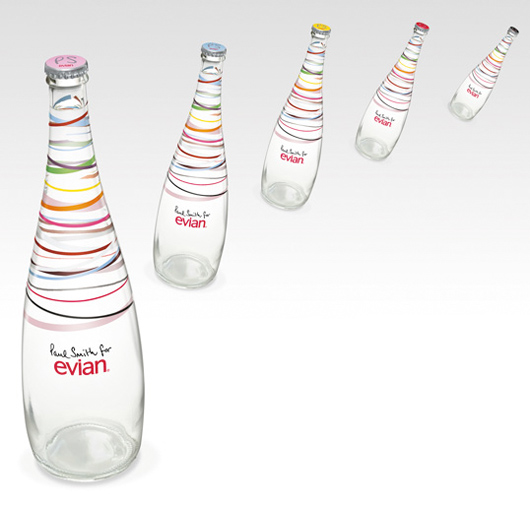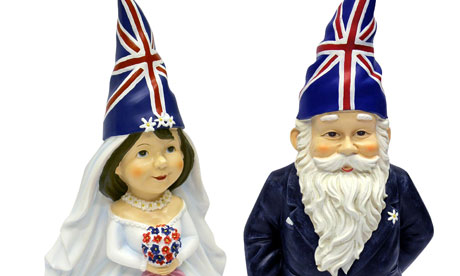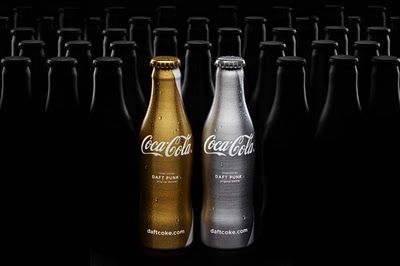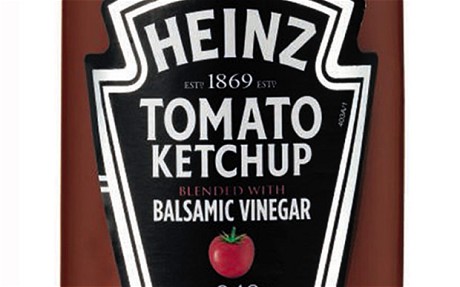![]()
You are welcome to share your thoughts on this article written by Jonathan Ford , Creative Partner, Pearlfisher
What does ‘Limited Edition’ really mean any more? Originally, limited editions were truly exciting—something deeply special, in limited batches, that you just had to have. But now, we have a huge market full to the brim with different takes on the limited edition idea: collaborations with other brands, re-interpretations of brands, brand extensions in to new markets and worlds…
The limited edition concept has become proliferated and diluted as brands launch limited editions that are not necessarily limited, where beauty seems to take priority over meaning and slapping a Limited Edition banner on it is maybe seen as a safe way of conducting a new product trial…In short, limited edition has become something of a misnomer and the products the banner represents (often) more of a gimmick than a new, true, relevant and innovative representation of the brand. Think Krispy Kreme and the grass-soled ‘natural flip flops’ — Why? Where’s the synergy? And whilst we admire the work of designer Paul Smith, we struggled to see the link between a male style icon and youth and health with his limited edition Evian bottle?


Limited editions in the form of commemorative products for occasions and hot spots on the annual calendar— HP’s Guinness Sauce for St Patrick’s Day, the Malteser’s Bunny for Easter — are a huge and novel money-spinner. Many food and drink brands do literally have opportunity handed to them on a plate with new taste variants, combinations and structures but, again, they do need to be truly apposite to both tickle the tastebuds and to be commercially successful. And whilst talking limited editions in the context of novel money-spinners, how can we not mention the creation of Royal Wedding memorabilia which has been jumped on by so many brands from B&Q with its pair of commemorative garden gnomes (?20 for the pair) to McVitie’s with the more traditional — but predictable — commemorative tin of assorted biscuits…It was going to happen, of course, but, when it comes to truly reclaiming and redefining the limited edition and restoring it to its former glory, there is a much bigger brand opportunity that brands should be focusing on. Creating a limited edition was always the brand’s moment to free itself from its everyday expression so it can re-connect with consumers in a new and fresh way. The opportunity now lies in re-capturing that covetable feeling of true special-ness and in making sure the brand’s integrity is maintained in a truly meaningful way.
Any attempt to create a limited edition must have deep authenticity, true credibility, instinctive brand synergy and real emotion. In short, it is an intense experience where the very best of your brand is released, heightened and celebrated. And no brand embraces this more — through a clever marrying of its brand design heritage and innovation— than Coca-Cola with its highly successful limited edition portfolio.
Following a successful collaboration with Pop Star Mika in 2010, Coca-Cola is following-up on some exclusively designed bottles with Coca-Cola “Club Coke”. Produced in two distinctive colourways to mimick the helmets worn by the French duo Daft Punk, the gold and silver bottles will see a limited production run beginning this month. In addition to the general release at clubs, the bottles will be packaged in a collector’s box as a set, made available exclusively through Colette in Paris.
Celebration and commemoration through the medium of a limited edition is about the relevance with the past having a connection with the future. But, to create that all-important difference, it absolutely has to now be about looking for innovative—rather than stereotypical—ways to maintain and foster a new unique and meaningful connection that balances a sense of commemoration and celebration with the dictats of our culture.
The brand approach will, of course, depend on the brand DNA and the best way to work with this. For some, it is embracing those you love and making us, the consumer, feel truly special for the unique and valuable relationship we have with you. A sentiment borne out by Heinz with the launch of its first gourmet flavour variation—Heinz Tomato Ketchup with Balsamic Vinegar. This new limited edition sauce – of which just one million and 57 bottles will be produced – is being described as a ‘richer, deeper’ flavour, which hopes to set it apart from other sauces. In terms of design, a change from a white label background to a black background is simple and subtle but so distinctive and different on shelf and less try hard than bringing a very British and very Irish brand together and just fusing the two brand logos as per HP and Guinness.
For other brands, it’s about looking for ways to truly push the boundaries by creating with everything you’ve got to challenge the consumer and show new things from your unique perspective. Heineken’s new and innovative Limited Edition Black Light STR bottle does just this. The bottle illuminates under the black light in a nightclub to reveal a previously hidden pattern of stars and trails. It is a great new example of sensory branding and is very much opening up a new way for the consumer to emotionally connect with the brand.
Don’t shy away from limited editions but do look for new ways to be intense, inspired, open, experimental— and above all —true. Don’t limit your brand—liberate it.
About the Author
Jonathan Ford is a designer and co-founding partner of Pearlfisher. He oversees a portfolio of award-winning designs, including a high profile list of ethical, entrepreneurial and iconic brands. He is also a frequent speaker at high-profile international industry events and regular contributor and commentator in the design and brand press.
Jonathan can also be followed on Twitter—@Jforddesigns



